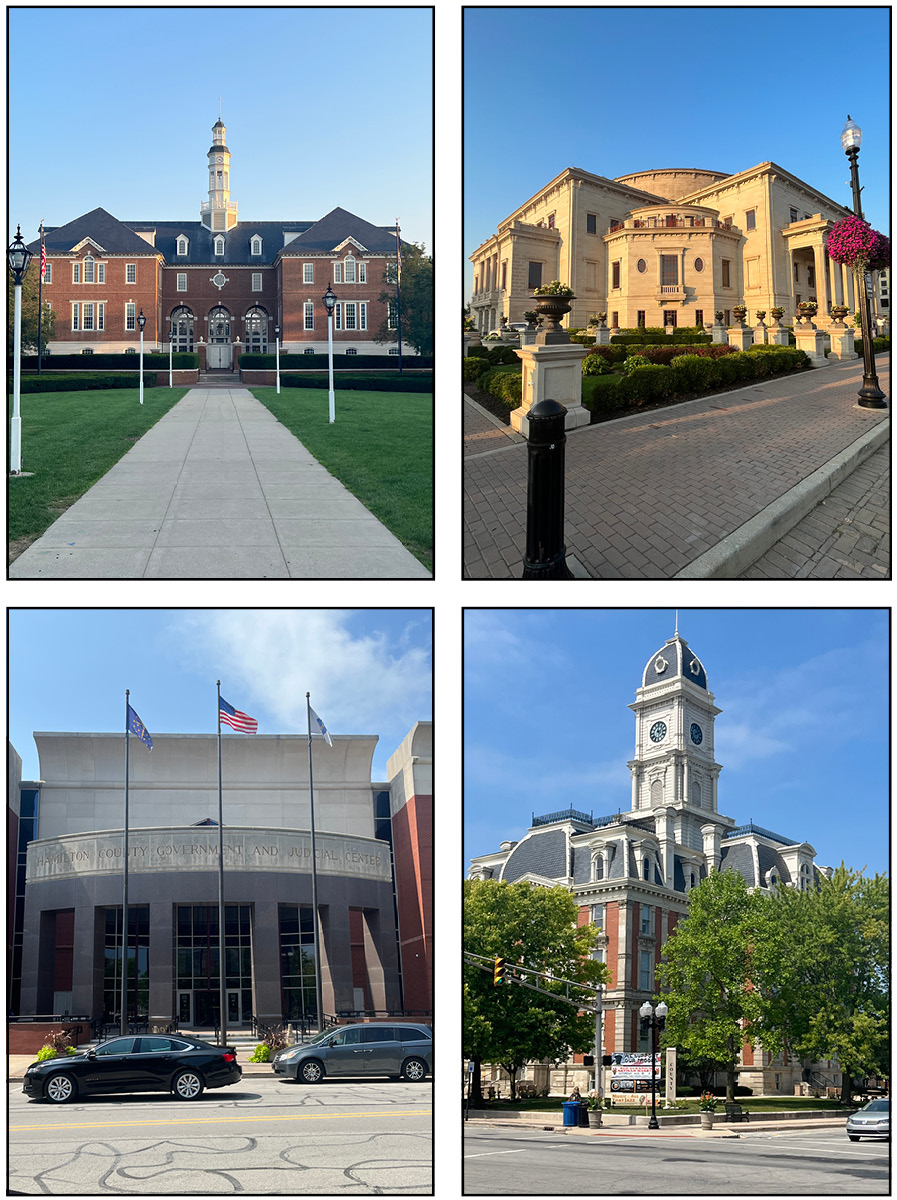I am not an artist. I don’t have the imagination to come up with the spectacular visions that painters can create. I can’t chisel stone or carve wood with any elegance.
However, I love what art can do. It can make people feel proud, awestruck, or even horrified. What I believe is most important about art is the culture that develops around it. One art form that does this impressively well is architecture – the beauty of buildings.
Fewer things make a place more recognizable than the structures that fill it. If you toured any large city across the world, you would certainly find some apparel or merchandise that shows the city skyline. You can identify a city simply by the shape of its skyscrapers. Indianapolis has the Salesforce Tower, Detroit has the headquarters of General Motors with the Renaissance Center, and Chicago has the Willis Tower (but it will always be the Sears Tower to me). These inanimate icons form an identity that every local identifies with. Almost all Indianapolis, Detroit, and Chicago residents have no legal ownership of their respective buildings, but I would bet almost all of them claim the towers as their own: “That’s my town.”

Architecturally imaginative buildings – that is, those not shaped like boxes – help give smaller cities and towns a sense of shared identity. (Reporter photos by Hayden Parsons)
It can be difficult for towns without skyscrapers to find their local identity. In many instances the only unique structures are old town halls and churches. Some only remain standing due to preservation efforts by historical societies.
But why is this often the case? Rising costs of building materials, among other logistical concerns, could be the reason. Regardless, what has resulted is the rise of the rectangle – big box apartments, homes, churches, and town halls. I don’t believe I am alone on this, but I find it difficult to identify myself with a cube.
But there is nothing wrong with the old town hall and the churches built a century ago. Those are some of the buildings that keep a town unique by breaking the modern mold. I was pleasantly surprised to find Carmel’s City Hall reminiscent of a 1700s New England courthouse, and, despite being a newer addition, the Palladium at the Center for Performing Arts displays the Neoclassical style similar to the monuments of the nation’s capital. And while the Hamilton County Government and Judicial Center is a welcomed and necessary addition to the community, the Hamilton County Courthouse Square still stands as a functional reminder of the styles of the mid-1800s.
While these buildings are no skyscrapers, they represent the beauty there is to find in Hamilton County.
Town pride should inspire us to make our homes, cities, and county a better place. It’s a love for not just ourselves or our neighbors, but our guests as well. It should drive us to want to keep what we have in pristine condition and motivate us to build even greater beauty in the future. Just because Hamilton County is a rectangle doesn’t mean everything inside has to be.
The next time a building project comes along to erect another box, remember your town pride – and build beautiful buildings.
Hayden C. T. Parsons is the newest associate at Adler Attorneys in Noblesville.

